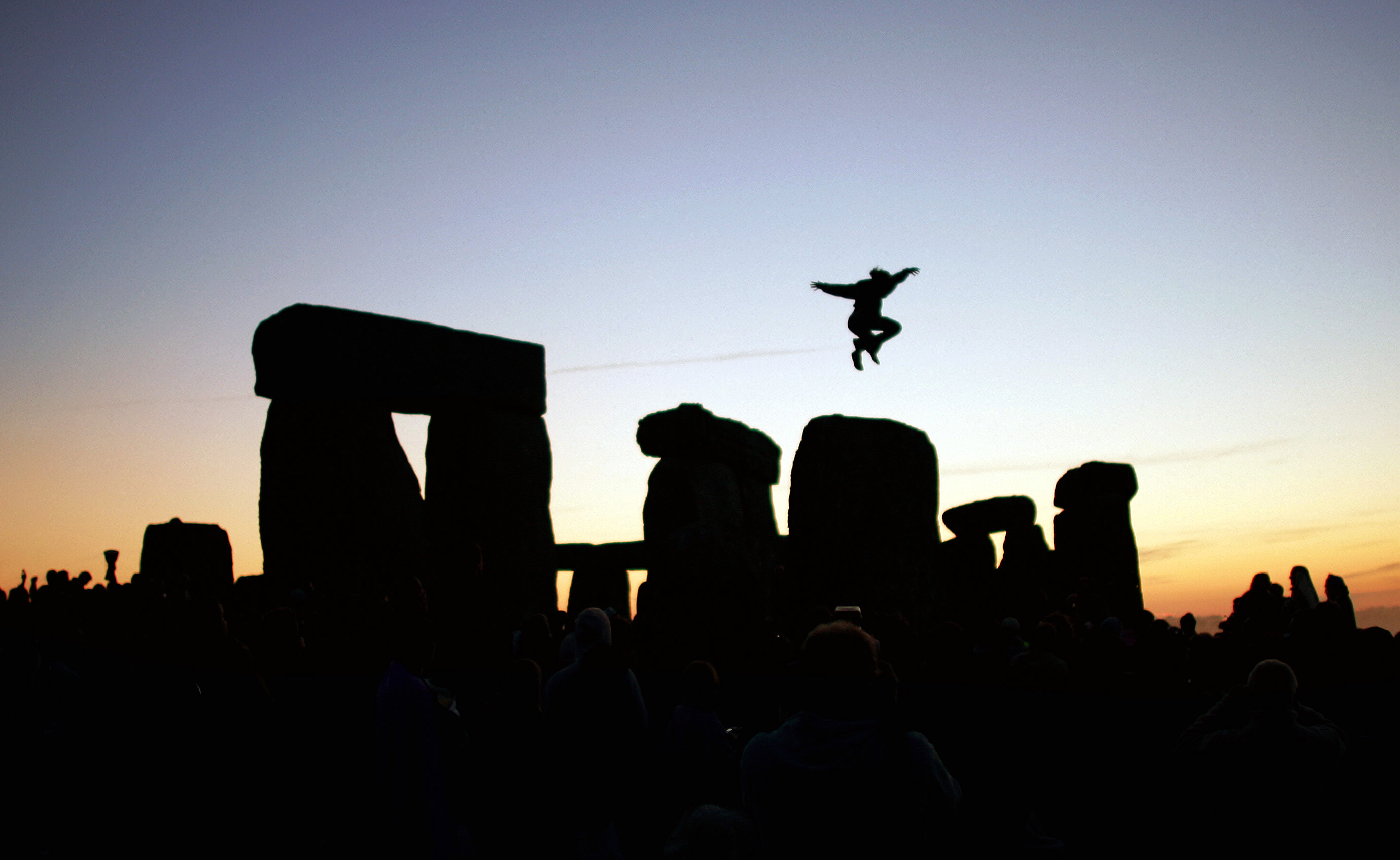- The June solstice of 2019 happens on June 21 at 11:54 a.m. ET, marking the arrival of summer in the northern hemisphere.
- Earth’s tilted axis and year-long orbit around the sun creates repeating patterns of solstices and seasons.
- A summer solstice begins in the northern hemisphere at the same time winter starts in the southern hemisphere, and vice versa.
- A solstice is either the longest or shortest day of the year, depending on where you live.
- Visit Business Insider’s homepage for more stories.
The June solstice of 2019 will happen on Friday at 11:54 a.m. ET.
For people who live in Earth’s northern hemisphere, it will be the longest day of the year. The June solstice also signals the end of spring, the arrival of summer, a gradual shortening of days, and slow retreat toward the fall season, which is marked by an equinox.
For those in the southern hemisphere, the meaning is exactly the opposite: Winter has arrived, and the days have reached their shortest and darkest. Daylight will last longer and grow stronger as the September equinox approaches.
Two things drive this all-important seasonal clock: Earth’s tilted axis and the planet’s orbit around the sun.
How the summer solstice works
Earth orbits the sun once every 365 days and six hours, and our planet rotates once per day around a tilted axis.
That tilt is about 23.45 degrees (for now), and it bathes different parts of the world with various intensities of light over the course of a year. Meanwhile, Earth's rotation around its axis keeps the sun's heat even, sort of like a 7,917-mile-wide rotisserie chicken made of rock and a little water.
On the ground, the June solstice is when the sun's high point in the sky, called a zenith, reaches its maximum of the year. From space, the solstice is when the sun's most direct rays creep the farthest north, to a line called the Tropic of Cancer:

If you stand on the Tropic of Cancer around noon on June 21, the sun will appear more or less directly overhead. So your shadow will also be at its absolute minimum. (Solstice literally means "sun-stopping," according to TimeAndDate.com.)
The length of daylight will be at its longest, too. This gets more extreme the more north you go, since there's more of Earth's atmosphere to refract sunlight the farther you are from the equator.
But this moment won't last, since the Earth makes its way around the sun at a speed of roughly 66,600 mph.
How Earth's axis and orbit drive the seasons
Our planet's orbit is elliptical and its center of gravity slightly offset from the sun.
This means the time it takes to cycle through the seasons isn't perfectly divvied up.

As the graphic above shows, it takes 93 days and 16 hours after the June solstice for Earth to reach the September equinox - that's when the most direct rays of the sun have slipped back down to the equator. Another 89 days and 19 hours later, it will be the December solstice. At that point, the sun's most direct rays reach the Tropic of Capricorn, winter starts for the northern hemisphere, and summer begins for those south of the equator.
Then it takes 89 days for the sun's zenith to get back to the equator and kick off the March equinox, followed by 92 days and 19 hours to complete the cycle with the June solstice.
During each of these phases, certain regions of Earth's surface get more sunlight, leading to the creation of seasonal temperatures and weather variations.
What the seasons look like from space
Some satellites fly around Earth in a geosynchronous orbit, which means they move fast enough to hover above one spot on the planet.
This creates a great opportunity to photograph the Earth over the course of the year and see how the the angle of sun changes.
NASA's Goddard Space Flight Center created the animation below using geosynchronous satellite images taken over Africa, and it clearly shows the seasonal progression:
This story was originally published on June 10, 2018, and has been updated.
